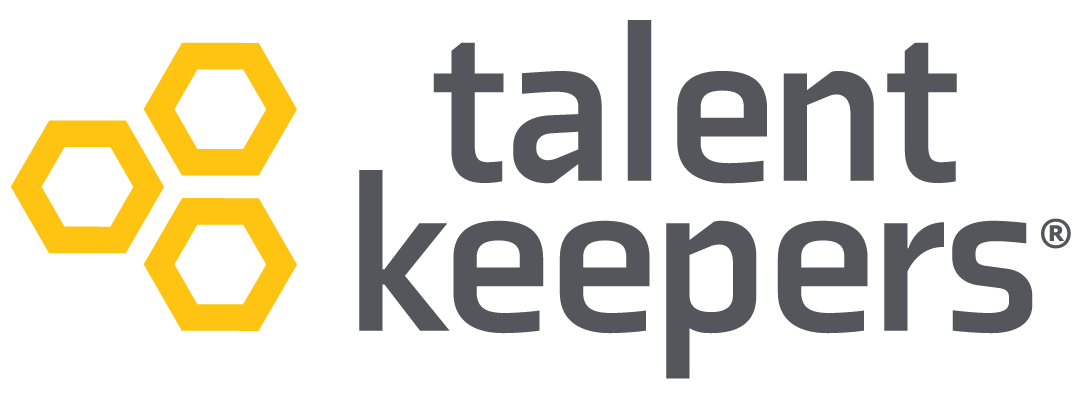Employee surveys boost engagement and help you find ways to improve the employee experience at your company. In this guide, you will learn about the different employee survey tools and how to create the best plan to help your organization meet its engagement goals.
Key Takeaways
- Employee engagement plans promote a positive workplace culture and improve employee retention.
- Multiple types of employee survey tools can meet any aspect of your engagement plan.
- Plan your engagement goals before choosing the surveys to help you achieve them.
What Are the Different Types of Employee Engagement Surveys?
Employee engagement surveys are a highly effective tool to measure your employees’ engagement with their work and your organization. The main types of employee surveys are onboarding, employee engagement levels, exit, and pulse surveys.
Employee engagement is the level of commitment that a person has to their organization’s goals and values. Employee engagement is important; it contributes to higher productivity and fosters a positive workplace culture.
Understanding the different types of employee surveys can help you organize and run a successful engagement program to improve leadership and employee retention.
Employee Engagement Survey
An employee engagement survey is used to collect employee feedback on topics related to the employee experience at your company. They are typically administered annually or biannually. The topics might touch upon organizational culture, leadership effectiveness, employee morale, job satisfaction, etc. Employee surveys identify ways to increase employee engagement and improve employee retention.
The benefits of these surveys include:
- Improving company culture and the employee experience at your workplace.
- Building trust with your employees.
- Enhanced leadership effectiveness.
The limitations of these surveys may include:
- Poor survey design that harms organizational progress.
- Self-censorship among employees.
- Survey fatigue if the tool is overused.
Stay Interview Survey
An employee stay interview survey helps you understand what your employees like about their jobs, what keeps them engaged with your organization, or why they might consider leaving. This type of survey is used to capture the engagement levels of your current employees. It is typically administered as a precursor to the stay interview between your employee and their direct supervisor or manager.
The benefits of these surveys include:
- Learning the motivators of your top talent.
- Improving workplace communication.
- Identifying leadership qualities that employees desire.
The limitations of these surveys may include:
- Performing the follow-up interview with each employee takes time.
- Some employees may be reluctant to share their honest feelings.
- Stay interviews must be done regularly (even quarterly) to be effective.
Employee Onboard Survey
Employee onboarding surveys are also known as “new hire surveys.” They are administered to new employees who have recently joined your organization. This survey may include questions about the recruiting, hiring, and early days of your employee’s new role. The goal is to learn how successful your organization’s onboarding process is and identify improvement areas.
The benefits of these surveys include:
- Positive onboarding experiences improve employee retention.
- Streamlined onboarding processes help new employees adjust to their roles quickly and with more confidence.
- Employees with good onboarding with your company are more likely to recommend your workplace.
The limitations of these surveys may include:
- New hires may be reluctant to give feedback that isn’t positive.
- Employees taking on an entirely new role may still need to learn how the onboarding process could have been improved.
- Identifying the best window to administer the survey for insightful feedback.
Employee Exit Survey
Conducting an employee exit interview will help uncover why employees leave your organization. These employee surveys are a vital opportunity to identify ways your company can learn and grow. The exit survey results will provide you with actionable data that can be used to create positive change to help you retain your top talent.
The benefits of these surveys include:
- Providing valuable benchmarking data to measure the effectiveness of retention efforts.
- Identifying issues with job design, roles, or functions.
The limitations of these surveys may include:
- An exiting employee may easily ignore the survey.
- Respondents may not be able to provide context in some survey formats.
Workforce Pulse Survey
An employee pulse survey is a short set of survey questions used to gather employee feedback more regularly. They might be administered quarterly or even monthly. The content and topics are customized to meet your company’s specific goals and measure them over time (by comparing the data from previous surveys).
The benefits of these surveys include:
- Easily tracking change or trends over time.
- They provide an early warning system for some workplace challenges.
The limitations of these surveys may include:
- Avoiding survey fatigue.
- Time to assess more frequent survey results.
360 Feedback Survey
The 360 feedback surveys take data from coworkers, managers, and self-reports to gain a well-rounded view of an employee’s overall performance and engagement. The 360 surveys exist to provide your surveyed employee with an understanding of how their work and their behaviors impact others in the organization. If your employee works with others outside the organization (such as vendors, suppliers, clients, etc.), those parties may be included in the employee performance survey.
The benefits of these surveys include:
- Positive impact on teamwork.
- Highlights and creates accountability.
- Identifies leadership skills and potential.
The limitations of these surveys may include:
- Biased or inaccurate results from coworkers whose survey feedback may need to be better informed by context.
- Potential to create a negative company culture.
- Unsure respondents may need to be more familiar with or engaged with the process.
How Employee Engagement Surveys Differ From Other Workplace Surveys
Employee engagement surveys differ from other types of workplace surveys. “Vanity surveys” and surveys designed to improve aspects of the organization (aside from engagement) are also commonly used.
Vanity surveys, such as “Top Places to Work” or “Best Workplace,” undoubtedly make for good press and can benefit your business and recruiting efforts. However, they do little to drive true organizational progress. Respondents to these employee satisfaction surveys may enjoy certain perks that make their workplace fun, but that doesn’t necessarily equate to highly engaged workers or leadership efficiency.
The other types of organizational surveys are ideal for specific improvement initiatives. These survey tools might focus on DEI (Diversity, Equity, and Inclusion), Business Processes, or Change Management. These do not boost employee engagement but are helpful when you have specific challenges or areas needing betterment.
Unlike employee engagement surveys, vanity and improvement surveys don’t necessarily need to be confidential and anonymous. It may be more helpful if these surveys are not closed so you can follow up with employees who provide great feedback for improvement ideas via open-ended questions. However, the benefits of keeping employee surveys anonymous are significant when your surveys are focused on boosting employee engagement.
However, your employee engagement plan has room for these other surveys! They can be used in conjunction with your employee engagement surveys. Remember to communicate clearly about each survey’s purpose as it is issued. This way, all stakeholders know which surveys pertain to the engagement process. This is critical because follow-up action informed by engagement survey results is a significant factor in building trust between you and your employees and the overall engagement process.
How to Choose Surveys For Your Employee Engagement Plan
Conducting an effective engagement survey starts with planning. Before you launch your employee engagement process, it is important to set clear goals. Define the KPIs determining your organization’s or business’s success, and state how each survey will achieve those goals.
Since your goal is to improve employee engagement, you need surveys focusing on organizational factors, role/career satisfaction, coworker relationships, and credible leadership. These are the prime drivers of engagement.
Develop a transparent engagement plan. This will increase stakeholder buy-in and establish a foundation of trust that you can build upon as the process progresses.
Ensure your plans include continuous development and improvement: regularly measure your progress, pivot when necessary, and celebrate successes as they become evident.
Creating an engagement plan and learning to use employee surveys is a huge undertaking, but we’re here for you. Talent Keepers has a team of industry experts with decades of experience who help design and implement engagement plans and offer continuous leadership coaching. We can help you develop your survey questions and coach your team on maximizing the insights.







